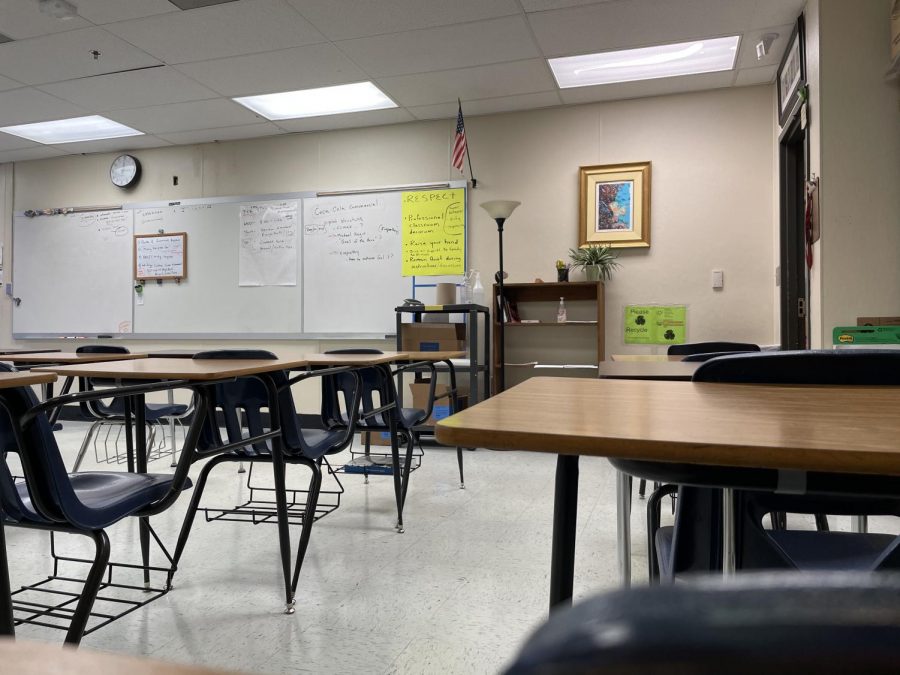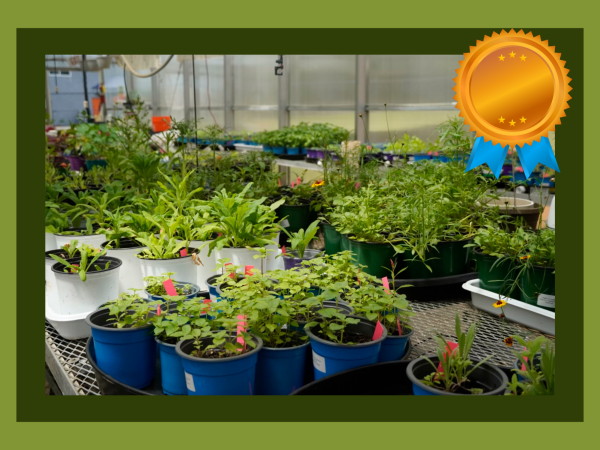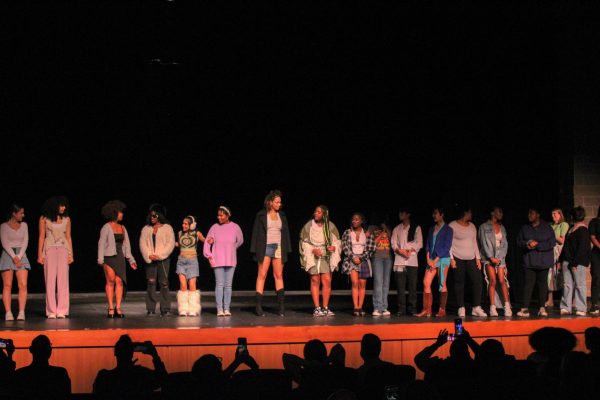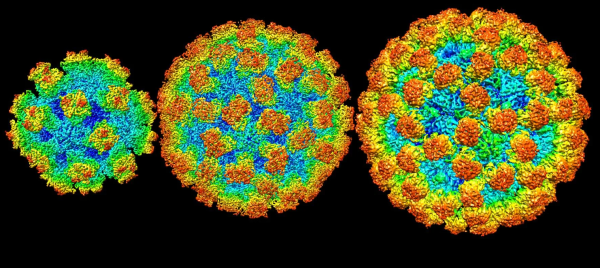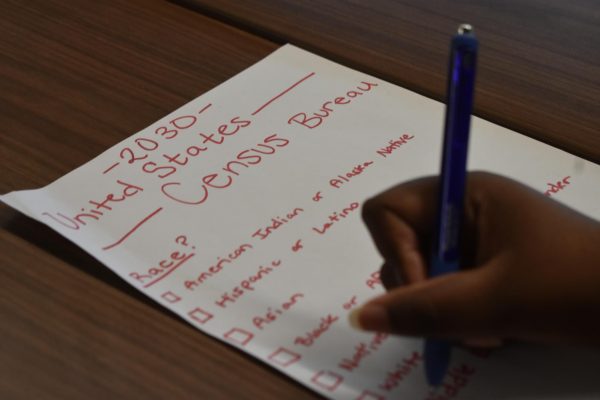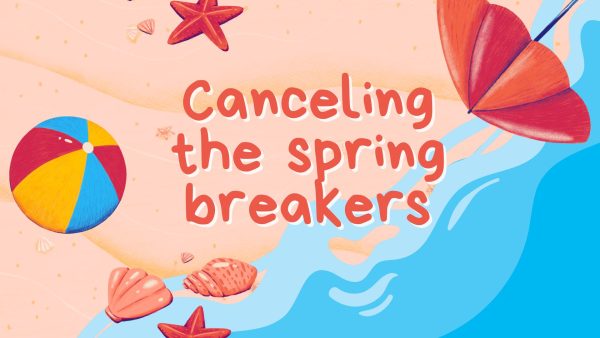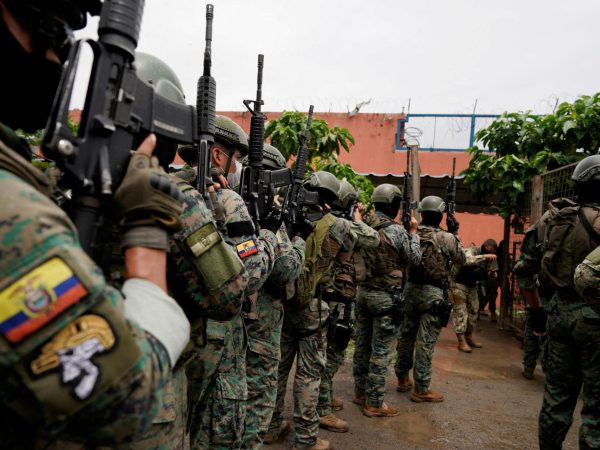Teachers face another virtual semester
Prior to North Cobb’s all-virtual week, four other schools in the district, Nickajack Elementary School, Barber Middle School, Lindley Middle School, and Hillgrove High School, also experienced remote learning January 12th through the rest of that school week. As hospitals around Cobb County continue to undergo increasingly immense caseloads, the school district must continue seeking student and teacher safety and take necessary precautions.
February 11, 2021
Heading into a second school semester, teachers and students aim to fix problems identified in the recent virtual learning environments. In January, Cobb County Schools reported 393 new COVID-19 cases over a single week. Since the restart of face-to-face instruction on October 5th, the total figures rocketed to roughly 3500 confirmed cases as of February 8. Recent school closures, including North Cobb last month, seem to directly result from the district’s COVID-19 response.
“As part of our ongoing commitment to student and staff safety and based on student, staff, and school needs, the District is making school-by-school closing decisions on an individual basis,” said Cobb County School District spokeswoman Nan Kiel.
Kiel references the pandemic to describe the reason why the district continues to shut down certain schools, but district officials did not indicate an explicit relation between the pandemic and school closures and did not specify why certain schools closed down.
With NC easing its way back into bringing students face-to-face, several students and families choose to remain virtual with regards to health and safety. This leaves teachers in a predicament as they now must teach a virtual classroom and a face-to-face classroom at the same time. Swamped with extra work and a continual struggle to utilize online resources provided by the district, teachers resort to finding their own methods of classroom operation.
“Everything takes longer, like setting up digital sessions and grading takes five times longer than normal. CTLS also takes much longer to use as a teacher than as a student. I have to log on, pick a class, choose specific assignments which aren’t organized, click on each student, download their work to access the feedback box, and on top of that grades do not automatically enter Synergy,” said English teacher Cathie Lawson. In response to criticism over the district’s online classroom environment, the Cobb Teaching and Learning System (CTLS), the district pushed out recent updates to the site to improve user experience. However, the update notes do not mention an upgrade to the teacher’s side of the system. The next update aims to address educator’s issues, but the district plans to do so in the late Spring portion of the semester, months away from fixing current problems.
The virtual learning environment itself takes a toll on teachers and students alike. With severe impacts to students’ grades linked to the pandemic and to home conditions, teachers find their classroom less enjoyable and interactive.
“The energy in pro golf isn’t the same without spectators. It’s the same with classrooms, classrooms don’t have the same energy without students in class discussing and participating in person. It’s difficult teaching to faces on a computer screen,” said Lawson.




